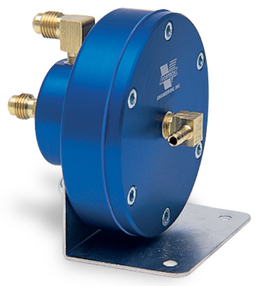If you want to coax more power out of your car’s engine, a turbocharger is a great way to go about it. Taking waste energy from the exhaust and using it to cram more air into the engine, they’re one of the best value ways to make big gains in horsepower.
However, unlike simpler mods like a bigger exhaust or a mild cam swap, a turbocharger install on a naturally aspirated, fuel-injected engine often requires a complete replacement of the engine management system, particularly on older cars. This isn’t cheap, leaving many to stick to turbocharging cars with factory tuneable ECUs, or to give up altogether. In the 1990s, aftermarket ECUs were even more expensive, leading many to avoid them altogether. Instead, enthusiasts used creative hacks to make their turbo builds a reality on the cheap, and there’s little stopping you from doing the very same today.
Fuel and Timing

The reason a turbocharger install typically necessitates an engine management overhaul is due to the need to vastly change the engine’s fuel and timing map. A stock, naturally aspirated (NA) engine with fuel injection can measure the incoming airflow and load on the engine, and uses this information to determine the correct amount of fuel to inject and when to fire the sparkplugs.
However, with a turbocharger installed, the pressure in the intake, which is usually below atmospheric pressure for an NA engine, becomes positive under boosted conditions, and this can completely confuse a stock ECU. At best, it reverts to an “open loop” control method, ignoring its pressure or airflow readings into the engine. This uses a base table to decide how much fuel to inject and when to fire the ignition, based on engine RPM and throttle position only. With the turbocharger forcing much more air into the engine than expected by the ECU, the air/fuel ratio will be severely lean, likely leading to detonation, in which the air/fuel charge in the cylinder detonates instead of burning at a smooth constant rate. This can damage or destroy an engine in short order.

Thus, to properly run a turbocharger on a formerly naturally aspirated car, it’s necessary to inject more fuel to match the added air forced into the intake. This is where the power gains come from, after all. The best way to do this is by using a custom ECU that allows full control over …read more
Source:: Hackaday

